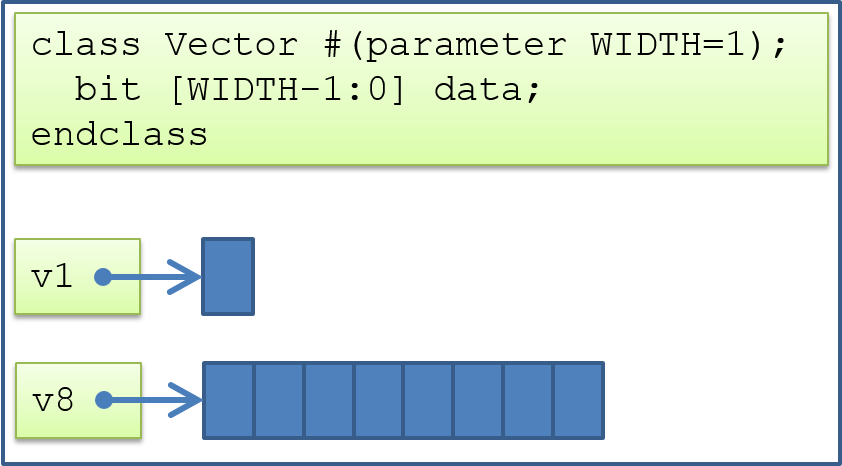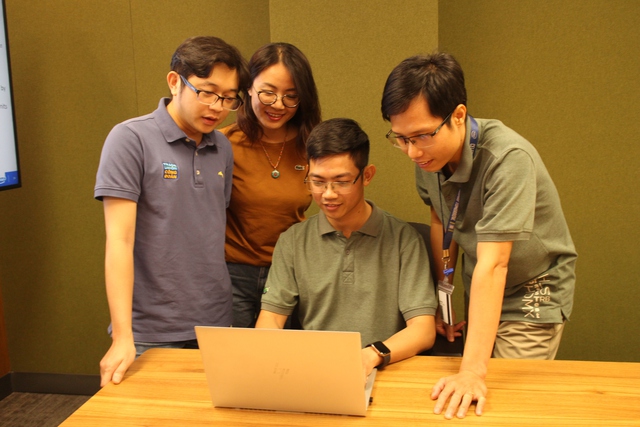UVM Analysis Components
Tuesday, 03 August 2021 14:46
Semicon Editor 01
 Any type of Testbench typically requires following two sections to verify a targeted DUT:Stimulus Generation Analysis of the Design Response
Last Updated ( Tuesday, 03 August 2021 14:48 )
Read more...
Wait for Interface Signals in UVM
Sunday, 01 August 2021 19:18
Semicon Editor 01
 In normal scenarios the synchronization of hardware events, like clocks, resets, error signals, interrupts etc., primarily takes place inside the UVM Driver & Monitors for an UVM Testbench.
Last Updated ( Sunday, 01 August 2021 19:24 )
Read more...
SystemVerilog Data Hiding
Sunday, 01 August 2021 19:06
Semicon Editor 01
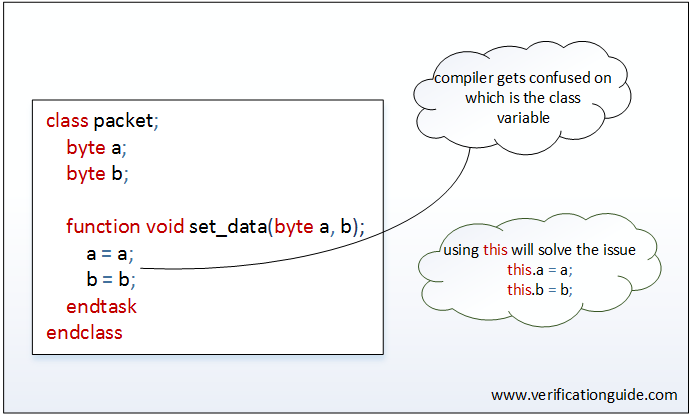 Many times we might use the Base Classes or Base Class library provided by other teams or third party sources. We’ve seen how to access the Class Properties and Methods i.e. “Class Members” in SystemVerilog using the Class Handles. By default, These Class Members are Public in nature. It means these Class
Last Updated ( Sunday, 01 August 2021 19:14 )
Read more...
SystemVerilog OOP – Part 2
Saturday, 31 July 2021 19:13
Semicon Editor 01
 Hii! Welcome to SystemVerilog OOP – Part 2. I hope you’ve already gone through SystemVerilog OOP – Part 1, where we touched base with different key concepts in OOP like Encapsulation, Inheritance, Data Hiding, Parametrizaton & Polymorphism.
Last Updated ( Saturday, 31 July 2021 19:15 )
Read more...
SystemVerilog OOP – Part 1
Saturday, 31 July 2021 19:03
Semicon Editor 01
 Hello All!, I wanted to write for SystemVerilog category since a long time but UVM Testbench Architecture category contains so many interesting topics to write about that whenever I wanted I fall-in for the Testbench category.
Last Updated ( Saturday, 31 July 2021 19:09 )
Read more...
UVM Sequence Arbitration
Thursday, 29 July 2021 15:14
Semicon Editor 01
 Before explaining the Sequence Arbitration lets have a very quick Sequences recap – UVM Sequences are used to generate input stimulus for the Design Under Test i.e. DUT. Sequences are executed on a particular Sequencer which passes the generated Transactions to the connected Driver.
Last Updated ( Thursday, 29 July 2021 15:17 )
Read more...
Interrupt Handling in UVM?
Thursday, 29 July 2021 15:06
Semicon Editor 01
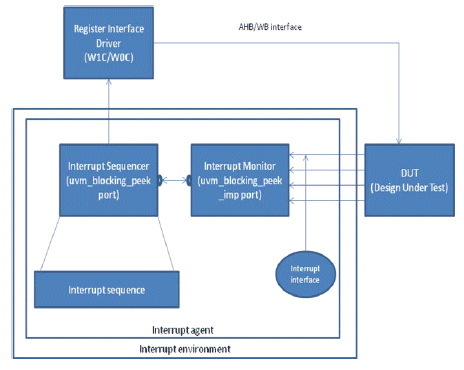 Interrupt handling is a well known feature of any SoC which usually comprises of CPU, Bus Fabric, several Controllers, Sub-Systems & many IP blocks as part of it. In some way or other Interrupts are used to act as the sideband signals of the Design/IP Blocks & most of time its not the part of main bus or control bus.
Last Updated ( Thursday, 29 July 2021 15:11 )
Read more...
Application of Virtual Interface and uvm_config_db
Tuesday, 27 July 2021 16:11
Semicon Editor 01
 How to connect the DUT to the UVM Testbench..??In our traditional directed Testbench environments, all the components are “static” in nature & information (data/control) is also exchanged in the form
Last Updated ( Tuesday, 27 July 2021 16:20 )
Read more...
The way “UVM Hierarchical Sequences” works?
Tuesday, 27 July 2021 16:03
Semicon Editor 01
 We discussed about “Sequences” in my previous post titled “UVM Sequences and Transactions Application“. Here, we’ll talk about “Hierarchical Sequences“. Following are the questions most likely pops-up into our mind the moment we think about Hierarchical Sequences.
Last Updated ( Tuesday, 27 July 2021 16:11 )
Read more...
What is Coverage Metrics?
Sunday, 25 July 2021 15:19
Semicon Editor 01
 Hi Friends, in my previous Functional Coverage blog, I’ve shared high level idea & understanding about Coverage & types of Coverage i.e. Code Coverage & Functional Coverage with an example of Coverage data model i.e. cover groups.
Last Updated ( Sunday, 25 July 2021 15:21 )
Read more...
UVM Driver Use Models – Part 2
Sunday, 25 July 2021 15:01
Semicon Editor 01
 Hi! As we already know that UVM Driver plays a very significant role in interface protocol implementation since it deals with class based transaction or sequence items on one side and on the other side works at clock based signal/pin level activities.
Last Updated ( Sunday, 25 July 2021 15:14 )
Read more...
UVM Driver Use Models – Part 1
Sunday, 25 July 2021 14:48
Semicon Editor 01
 Since it is evident that Driver is a component in the UVM environment which deals with transaction or sequence item and transform it into pin level signal activities in temporal domain by following a particular protocol or use model & vice versa.
Last Updated ( Sunday, 25 July 2021 15:01 )
Read more...
Deprecated Features in UVM 1.2
Thursday, 22 July 2021 13:03
Semicon Editor 01
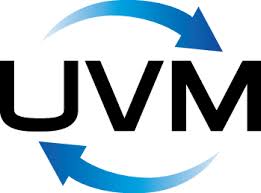 There are many features which are deprecated in latest UVM 1.2 standard. If you’re switching to use UVM 1.2 in your projects, its a MUST not to use following methods, variables, macros & parameters in your code & update
Last Updated ( Thursday, 22 July 2021 13:06 )
Read more...
Introduction about Advanced Functional Verification
Thursday, 22 July 2021 12:53
Semicon Editor 01
 Electronic gadgets are an integral part of our day-to-day life. Lifeline of these gadgets/products are semiconductor IC/SoC/ASIC/FPGA which are mounted on the PCB (Printed Circuit Boards) & connected with each other to make the gadget operational.
Last Updated ( Thursday, 22 July 2021 12:58 )
Read more...
TLM FIFO Implementation
Thursday, 22 July 2021 12:45
Semicon Editor 01
 As we have seen that TLM put() & TLM get() methods are blocking in nature. What does that mean? In fact, during put() and get() method execution, there is a single process running which passes the control from the port to the export & back again.
Last Updated ( Thursday, 22 July 2021 12:48 )
Read more...
|
|
